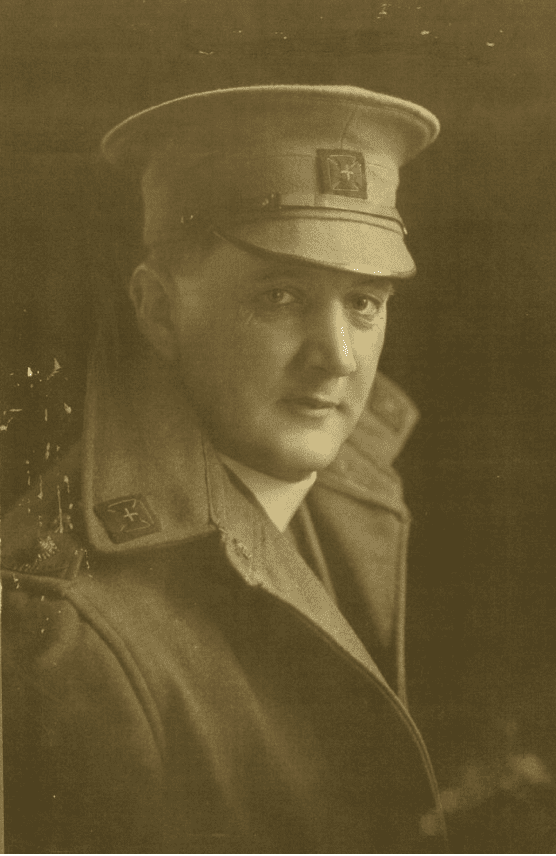Father Edward O’Sullivan Goidanich and His Portable Altar from the Great War
A century after being awarded the Military Cross, Father Edward O’Sullivan Goidanich remains remembered. He is not only known for his service with the Australian Imperial Forces, but also for his continued ministry to veterans and families of the fallen.
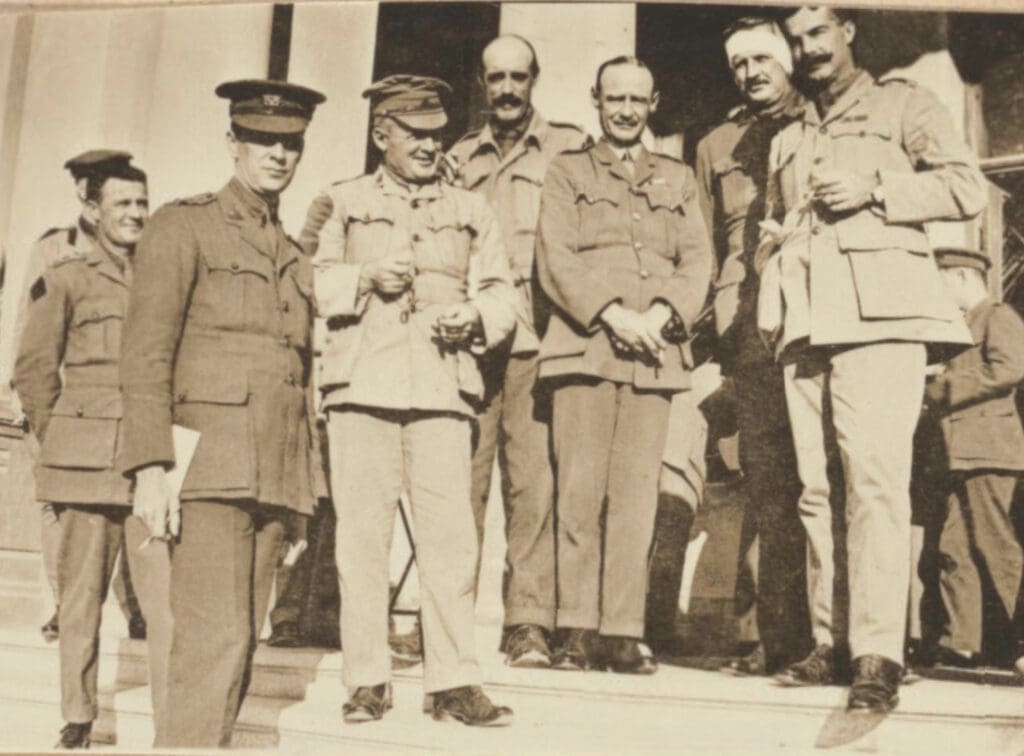
Croatian Heritage and Early Ministry
Born in Queenstown, County Cork, Ireland (now Cobh), Edward O’Sullivan Goidanich arrived in Victoria in 1891 to serve in the Catholic Diocese of Ballarat. His father, Gabriel Goidanich (Gojdanić), was a Croatian sea captain from Veli Lošinj. Gabriel Goidanich had settled in Cobh in 1850 as a shipping agent, marrying Irishwoman Arabella O’Sullivan.
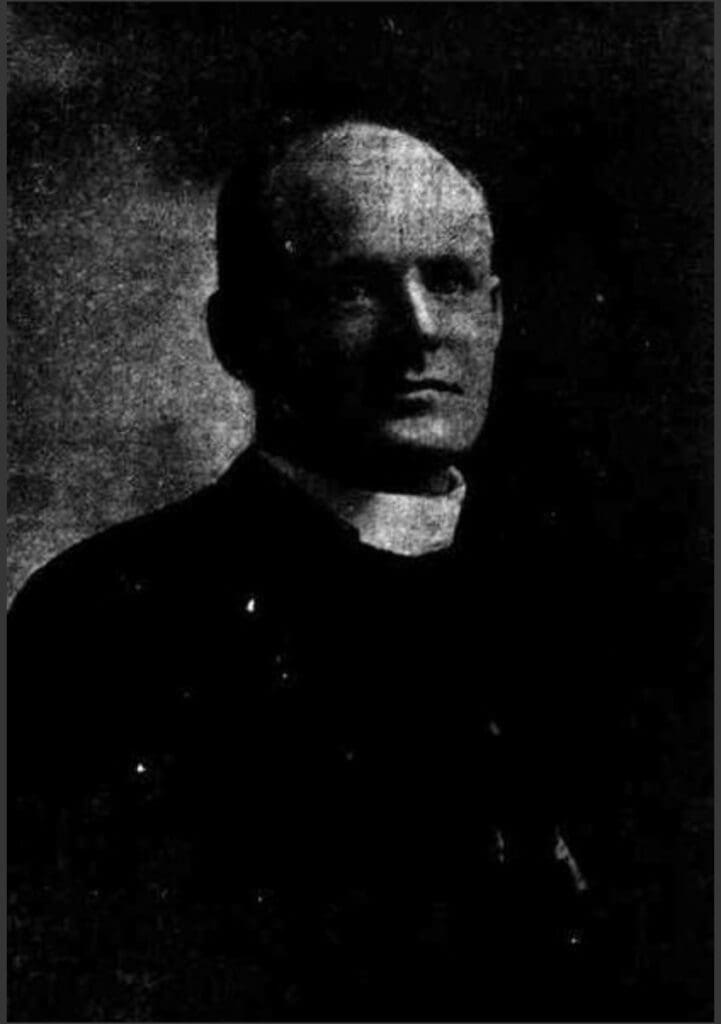
Born in Veli Lošinj, he was Edward’s father, a captain on a Croatian ship. Coming to Cobh in 1850 where he worked as a shipping agent, he married an Irishwoman, Arabella O’Sullivan.
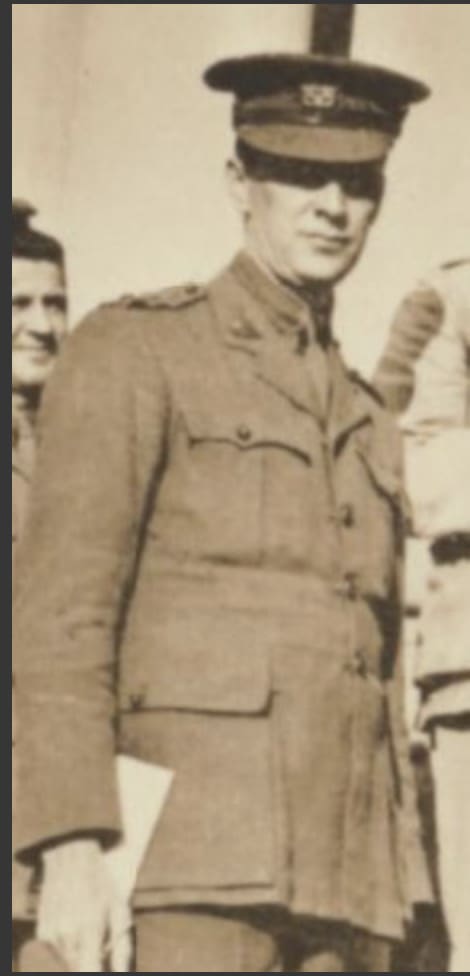
Enlisting for War
At 48, Goidanich enlisted in the Australian Imperial Force in April 1915, appointed chaplain 4th class (equivalent to captain) with the 6th Infantry Brigade. He embarked from Melbourne in May 1915 aboard HMAT Afric. He carried with him a portable wooden altar box that would become legendary.
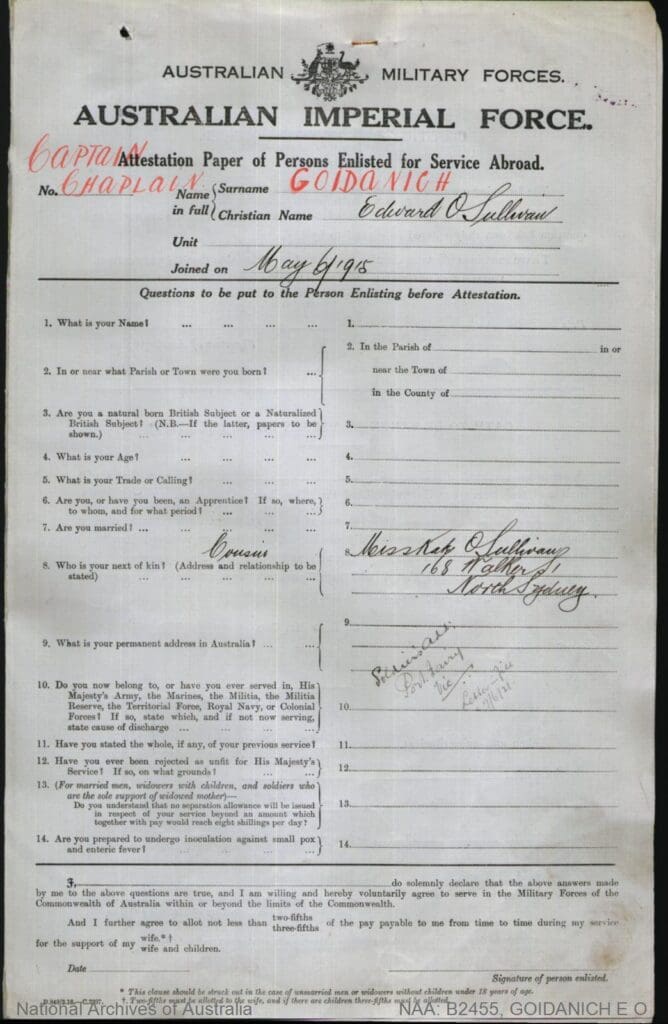
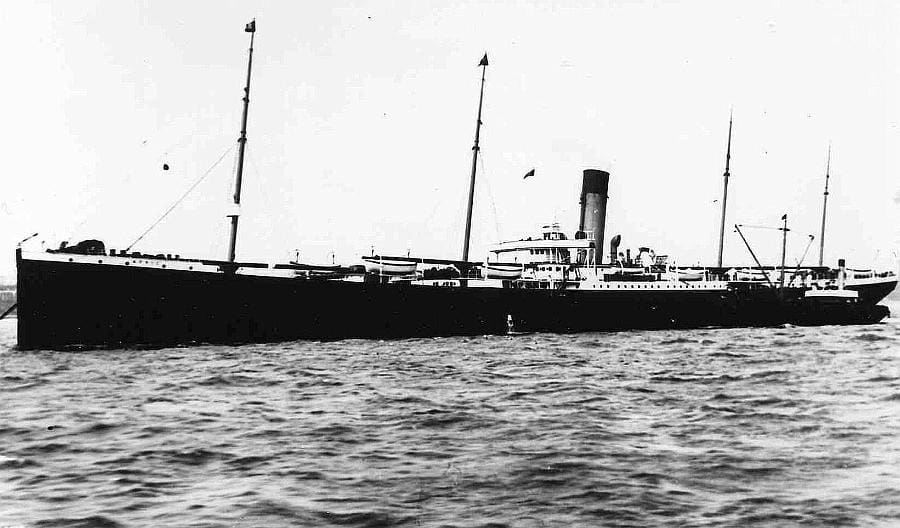
The Portable Altar
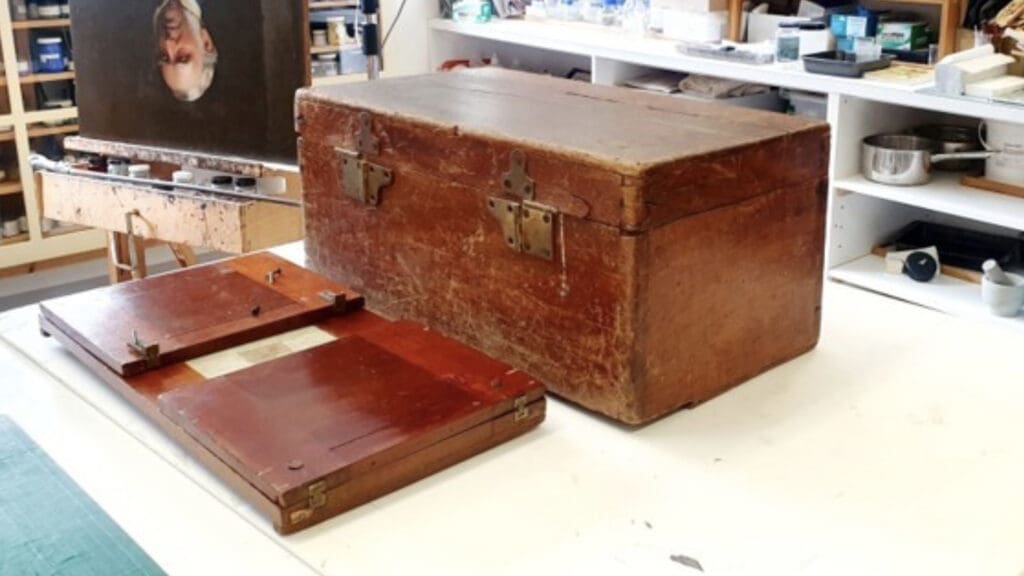
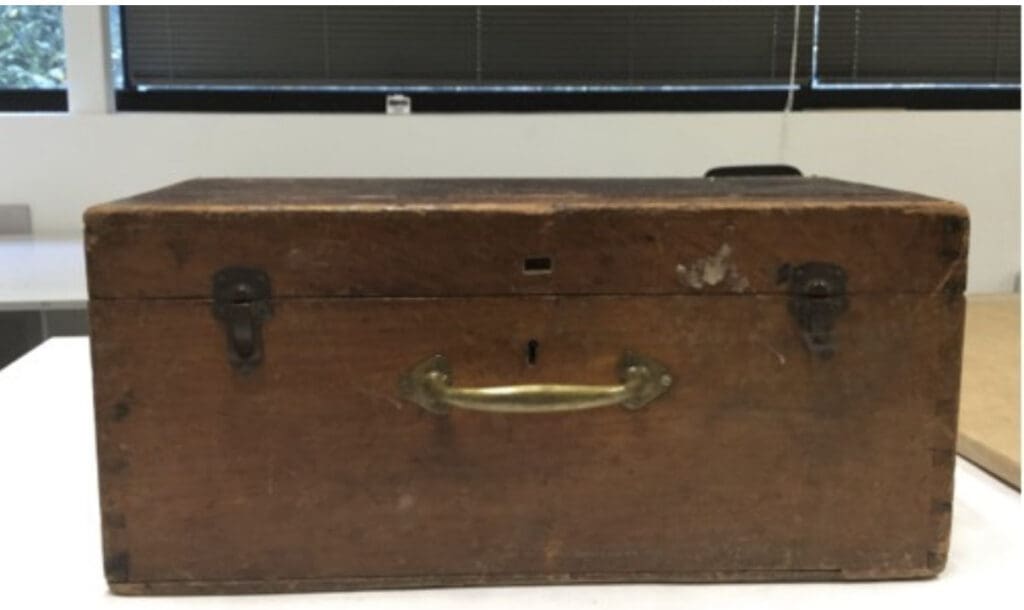
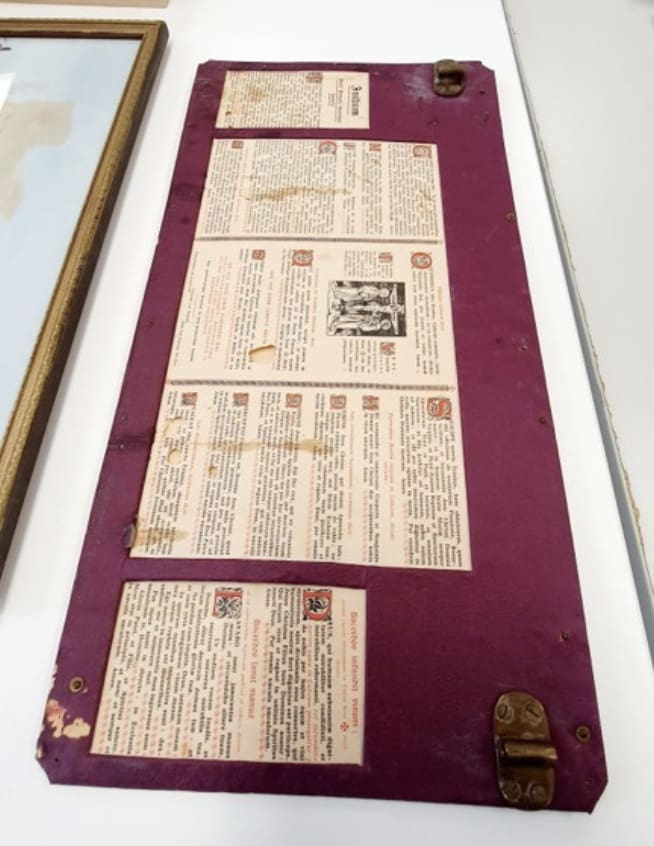
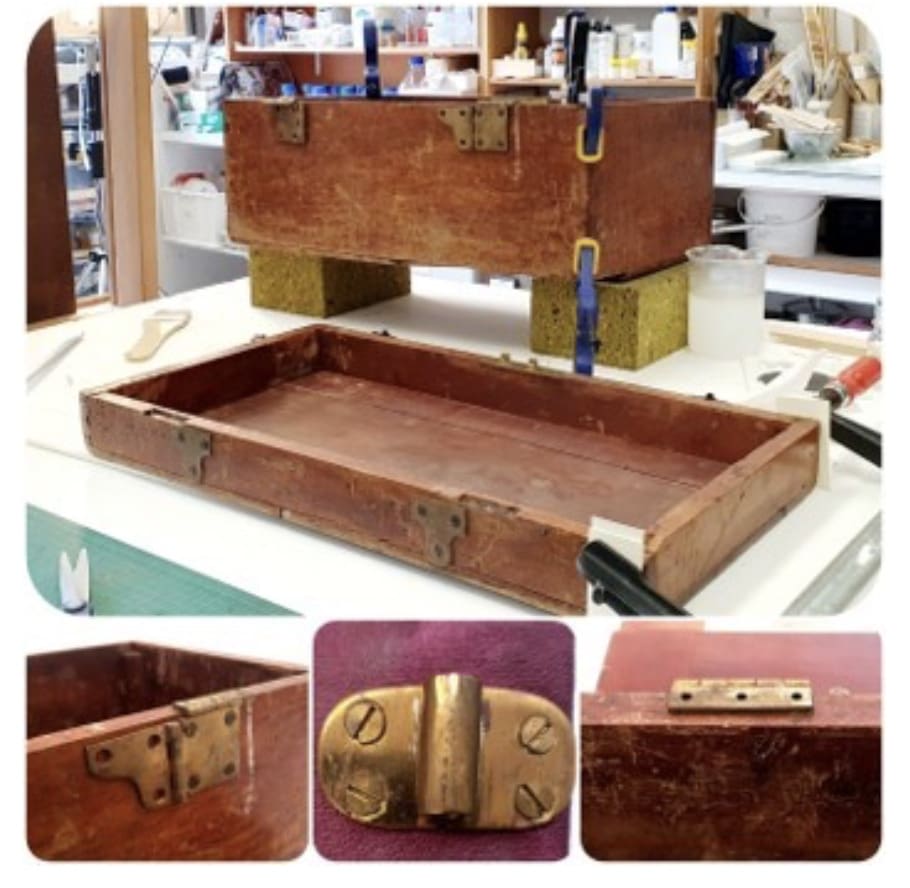
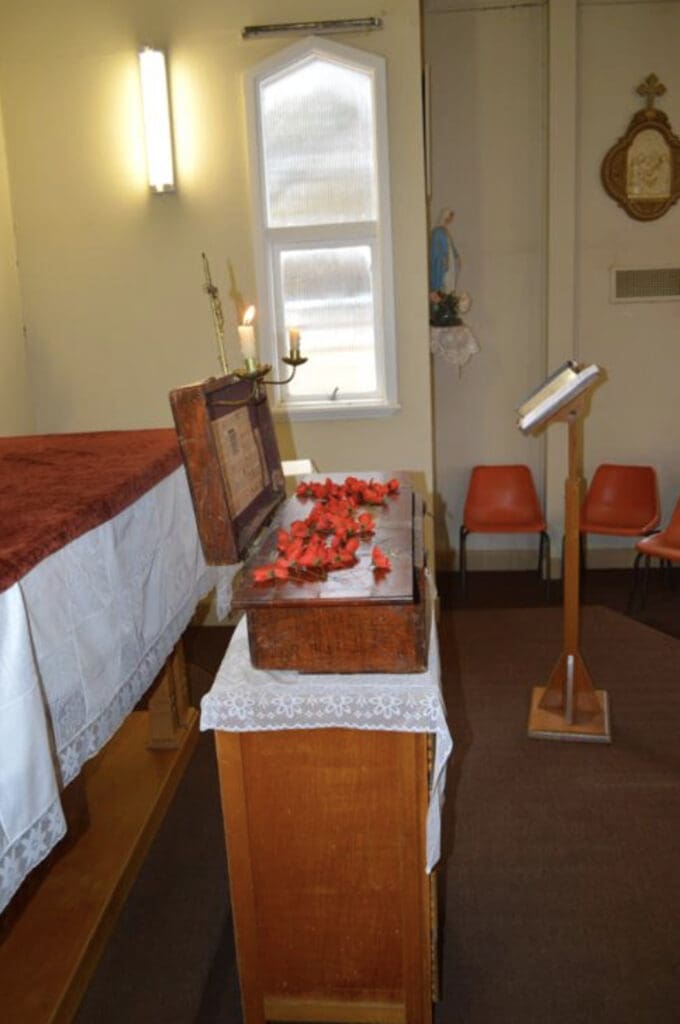
The ingenious altar folded out when opened, containing holders for candlesticks and copies of prayers attached to the lid’s interior. Below, a compartment stored vestments, hymn books and sacred vessels – everything needed for mass in the trenches.
Gallipoli Service and Near-Death Experience

After time in Egypt, Goidanich arrived at Gallipoli in early September 1915. As chaplain, his duties extended far beyond pastoral care. He worked as a stretcher-bearer at night and descended into trenches with the dead to avoid snipers.
On 8th November 1915, fortune abandoned him. After celebrating Sunday morning mass at White’s Gully, troops and chaplain returned to their trenches. Then a shell struck where they had gathered. Goidanich sustained head and leg wounds and was evacuated to Australian General Hospital No. 1 in Egypt.
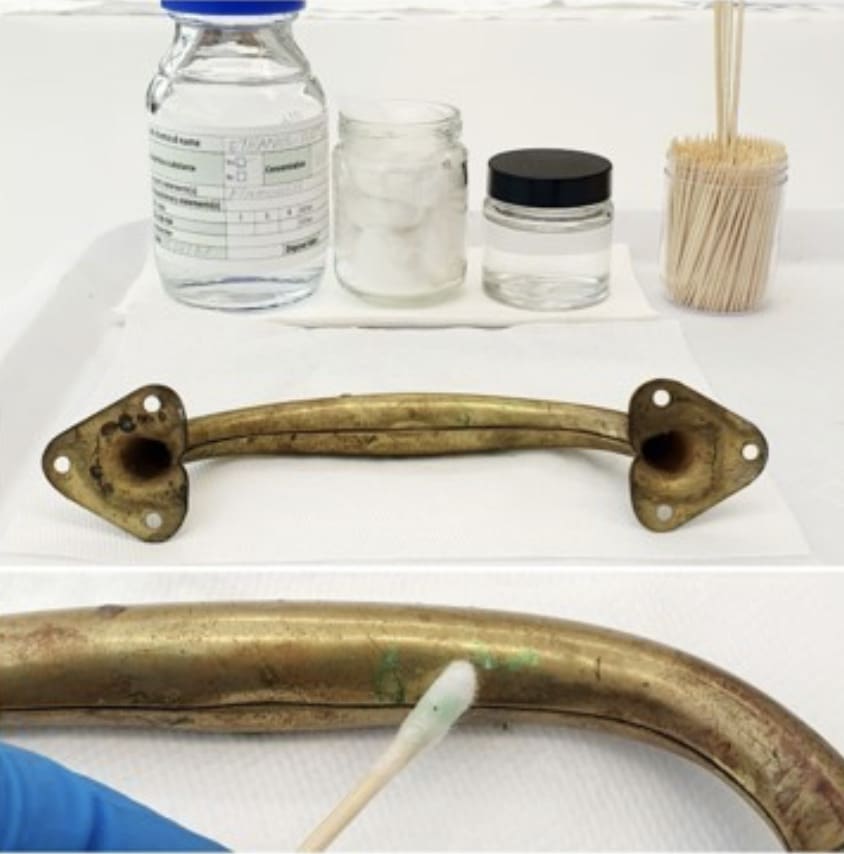
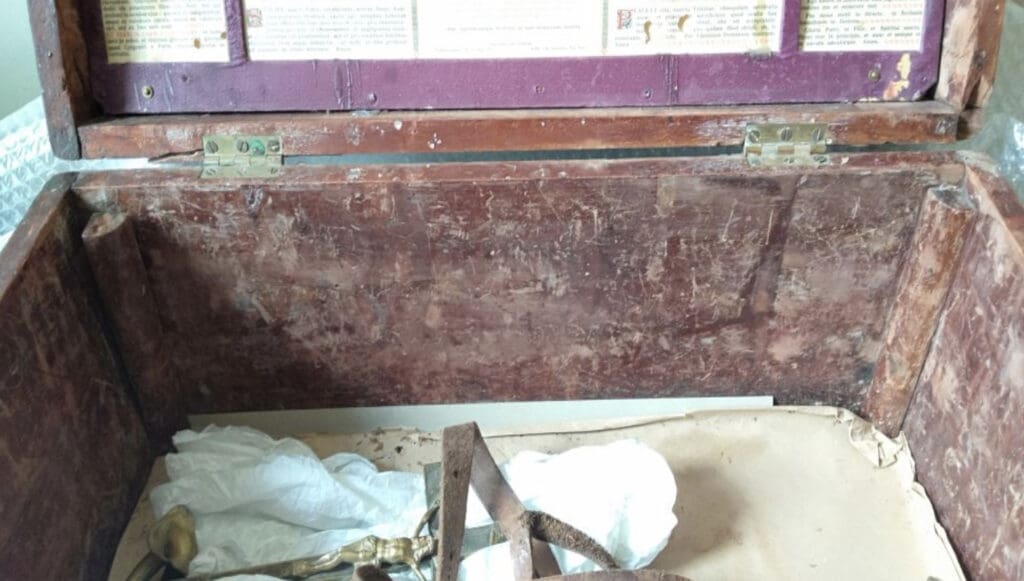
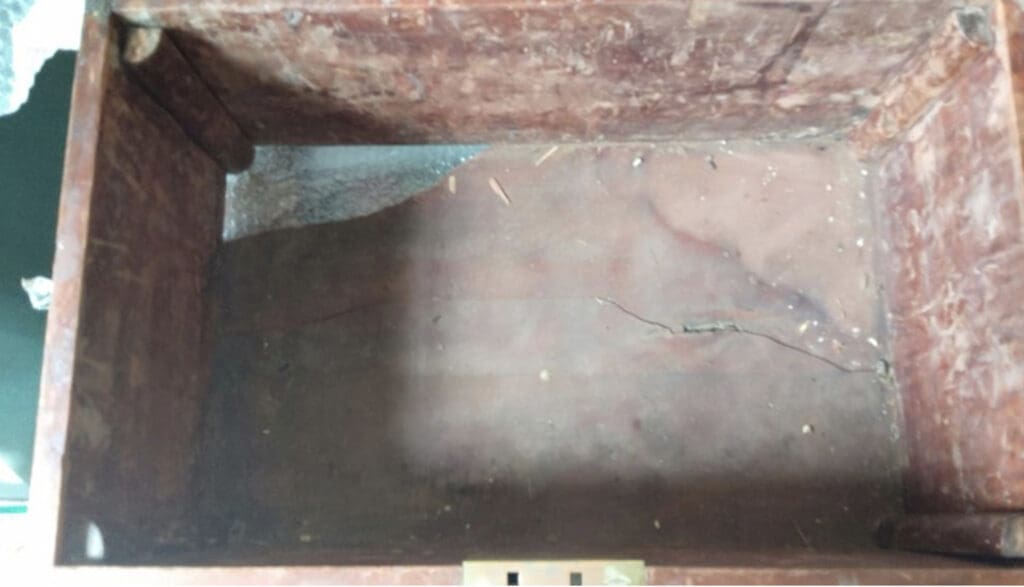
Western Front and Military Cross
Recovering, he returned to service in France in March 1916. He served through the fiercest Western Front fighting. At Pozières, he and Reverend Francis Clune heard confessions and gave Holy Communion to practically every Catholic in both brigades before they went to the firing line. A quarter of those men died within a fortnight.
In September 1916, Goidanich was awarded the Military Cross for “consistently good work during operations of the 6th Australian Infantry Brigade in France.”
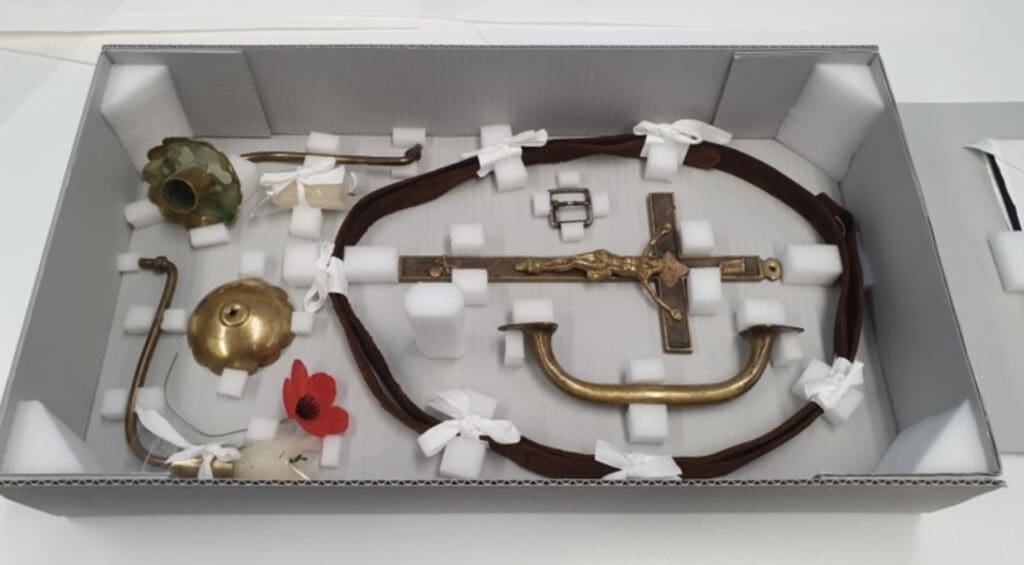
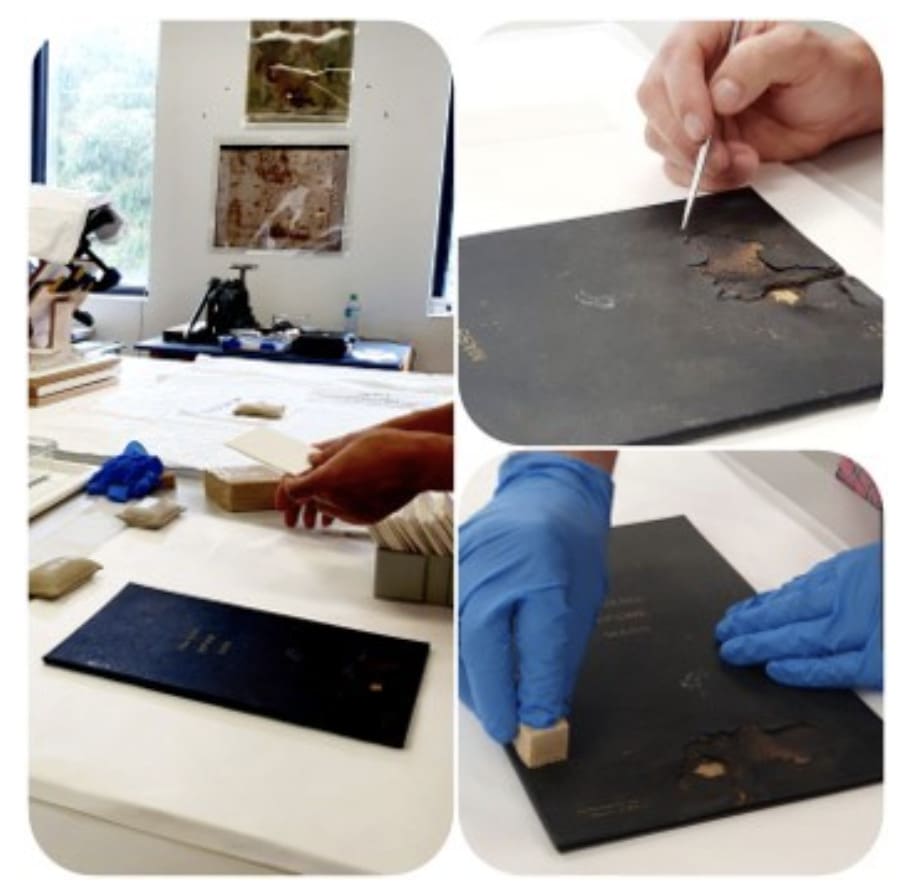
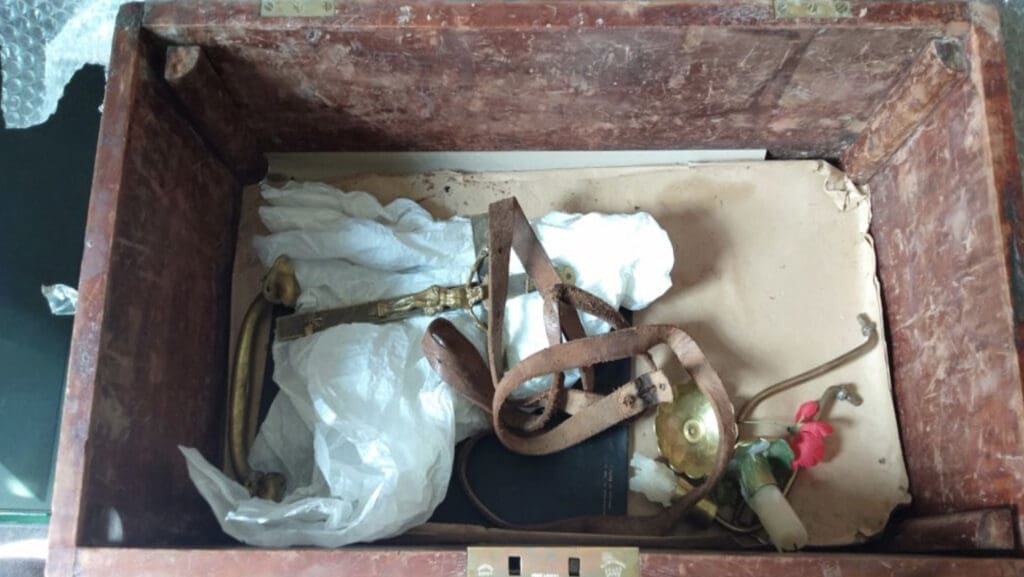
Post-War Ministry to Grieving Families
Returning to Australia in 1917 as ship’s chaplain aboard HMAT Ulysses, he found his war difficult to leave behind. He became renowned for travelling by horse and cart to isolated settlements across north-western Victoria. He visited families of fallen soldiers saying, “I was able to hear your son’s confession,” or “I spoke with him before he passed away.”
The priest also corresponded with official historian Charles Bean. He encouraged inclusion of chaplains’ work in future publications. After reading Bean’s first volume, Goidanich wrote: “I lived once again at Gallipoli… such was the effect your work had on me.“
Legacy and Preservation
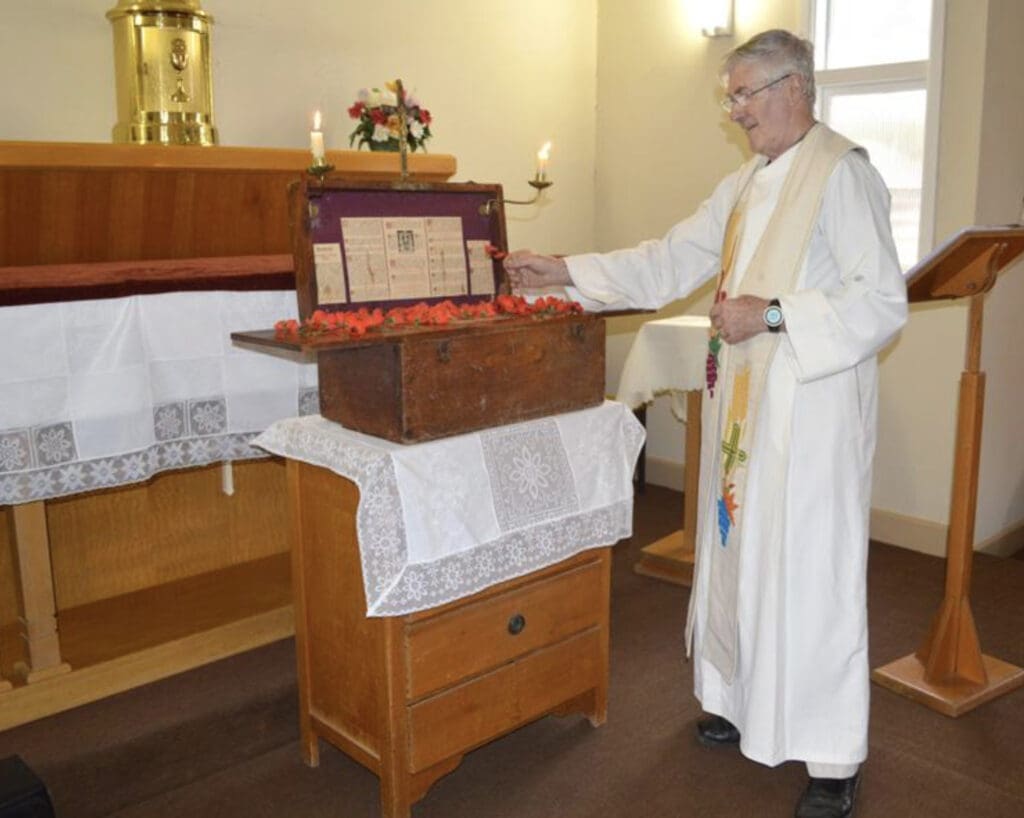
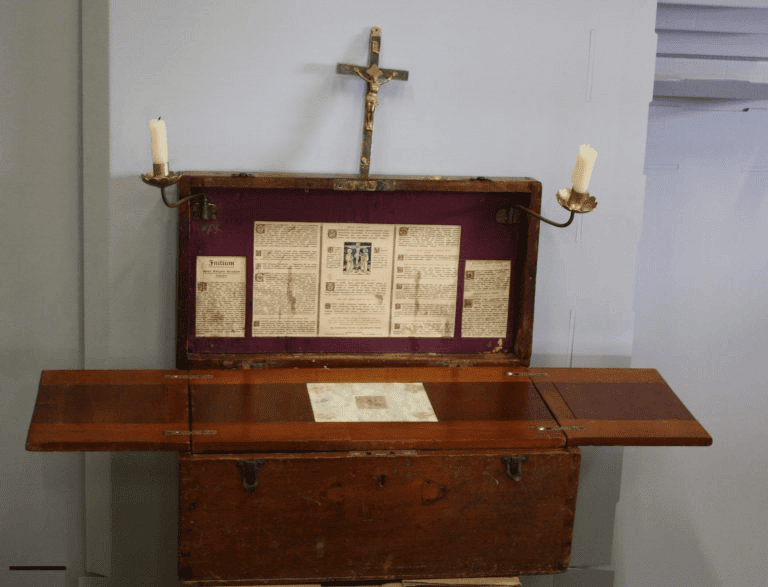
Goidanich was reportedly one of the first Victorian priests accepted as an AIF chaplain. Of 414 clergymen who served across denominations, 72 won honours including 23 Military Crosses.
The portable altar, bearing shrapnel marks and firearm traces, survived the war. Long kept at Patchewollock parish, it now resides in Ballarat Diocese archives. In 2021, Veterans’ Affairs funded its conservation at Grimwade Conservation Services, preserving this remarkable symbol of faith under fire.
Edward O’Sullivan Goidanich died on 18th August 1948. He is buried at Ararat cemetery. He was a Croatian-Irish priest who embodied the ANZAC spirit of service and sacrifice.
Sources and Literature
- Shrine of Remembrance Melbourne – “A Blessed Tale: The Story of Father Edward O’Sullivan Goidanich”https://www.shrine.org.au/blessed-tale-story-father-edward-osullivan-goidanich
- Victorian War Memorial Association – “Father Edward O’Sullivan Goidanich”https://vwma.org.au/explore/people/307375

